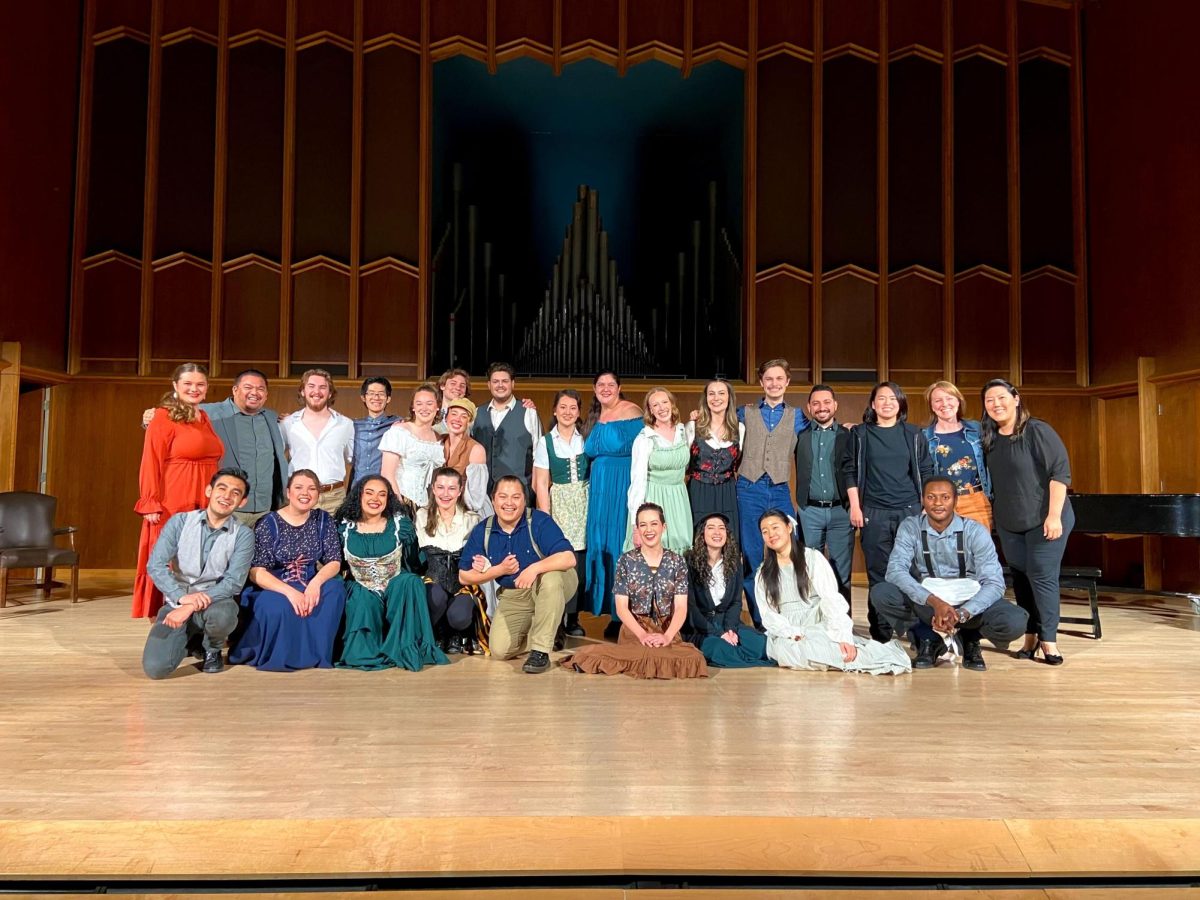SEXUAL ASSAULT AWARENESS MONTH
According to the American Psychological Association, sexual assault on college campuses makes up over 43% of total on-campus crimes in the United States. That results in eight sex offenses for every 10,000 students.
April is Sexual Assault Awareness Month, first being observed in 2001 with a history that traces back to the Civil Rights era. Social activism against sexual assault widely began in the 1970s. People began to show more support to survivors and demanded more awareness around the issue.
This month, there are many events at Biola aiming to bring awareness to the issues that the country is facing regarding sexual assault. Biola has hosted events like self-defense classes and panels all month. The full schedule was posted on Biola’s website at the start of the month.
THE CLOTHESLINE PROJECT
On April 15, an event was held at the Fireside Pavillion showcasing The Clothesline Project. The project was a visual display demonstrated through various colored shirts hung up on a clothesline.
“The purpose of [The Clothesline Project] is to increase awareness of the impact of violence and abuse, to honor a survivor’s strength to continue and to provide another avenue for them to courageously break the silence that often surrounds their experience,” Emily Propst, the Title IX and Community Life coordinator shared.
The first Clothesline Project was done in 1990 in Massachusetts. A member of Cape Cod’s Women’s Defense Agenda learned that during the same time, 58,000 soldiers were killed in the Vietnam War more than 51,000 U.S. women were killed by men who claimed to love them. This motivated the group to make a program that could bring awareness to the issues of violence against women. Rachel Carey-Harper, a member of the group, created the visual design of colorful shirts hanging on a clothesline, something that could be displayed in any public place. This helped to gain recognition for the issue.
Each shirt brings awareness to a different topic. White represents those who have died due to violence against them. Yellow represents those who are survivors of physical assault or domestic violence. Red, pink and orange represent survivors of rape or sexual assault. Blue and green represent survivors of incest or childhood abuse, while purple represents people who were attacked due to their sexual orientation. Brown and gray represent those who have survived emotional, spiritual, or verbal abuse. Finally, black represents those who have become disabled due to the result of an attack as well as those who were attacked because of a disability.
THE HANDPRINT PROJECT
The event hosted by Biola also allowed students to learn and participate in The Handprint Project. It is a program that encourages students to take a pledge to not commit or condone sexual violence by placing their handprints on a banner. The event invites members of the Biola community to pledge to make a change—stop interpersonal violence, have the courage and conviction to say something, take reports of sexual assault seriously, love their neighbor, be part of the solution and not part of the problem and to be a relevant and redemptive voice in a changing world.
Students had the opportunity to dip their hands into a color of paint of their choosing and place their handprint onto a banner along with other students who agreed to take the pledge. Those who participated in the event received bracelets, stickers and a pamphlet detailing the other events regarding Sexual Assault Awareness Month on Biola’s campus.










